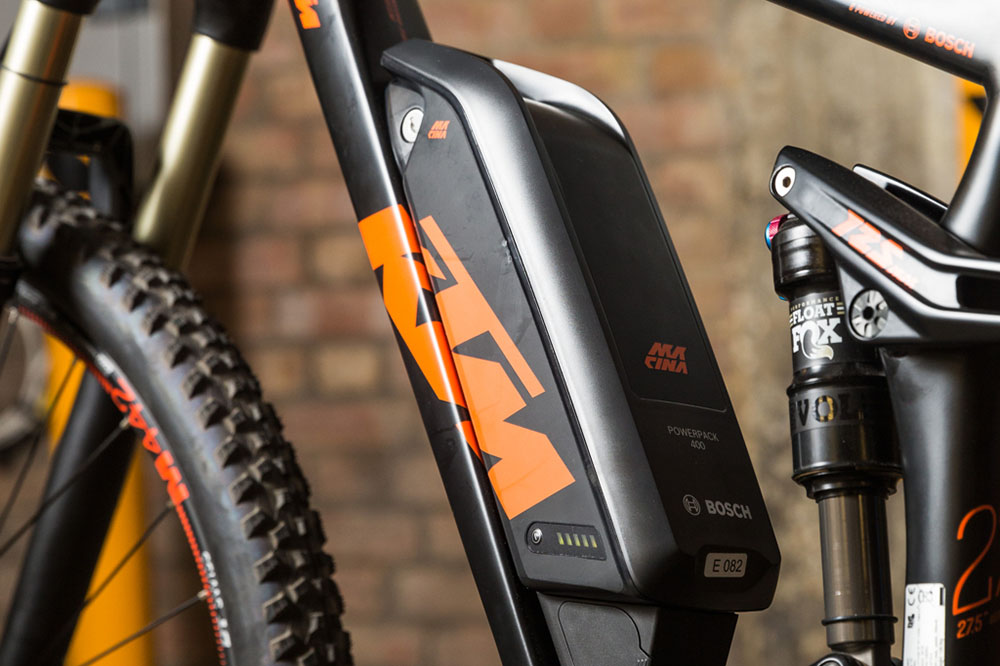The battery is perhaps the main element of an electric bike. It depends on the speed and distance that the bike can overcome. Different batteries require different functionality. It all depends on the different batteries and their design. If the battery is not taken care of for a long time, it will start to fail quickly. What problems will you face when your e-bike battery fails? Let’s consider the most common e-bike battery problems and methods of solving them.
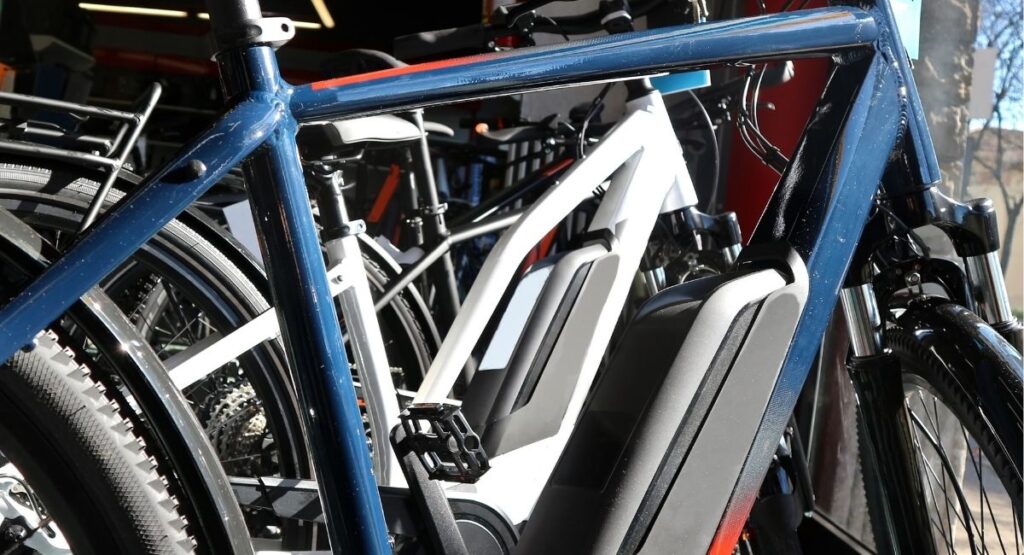
Overview of e-bike batteries
When electric bikes first started being made, the most challenging part was the ebike batteries. They had large dimensions in comparison with the models that we have today. The lithium-ion battery is a great solution for electric bikes. Older models may be equipped with other devices. The very first models used lead-acid devices, then nickel-cadmium and nickel-hybrid models began to be used. They are lightweight and have a great capacity for short runs.
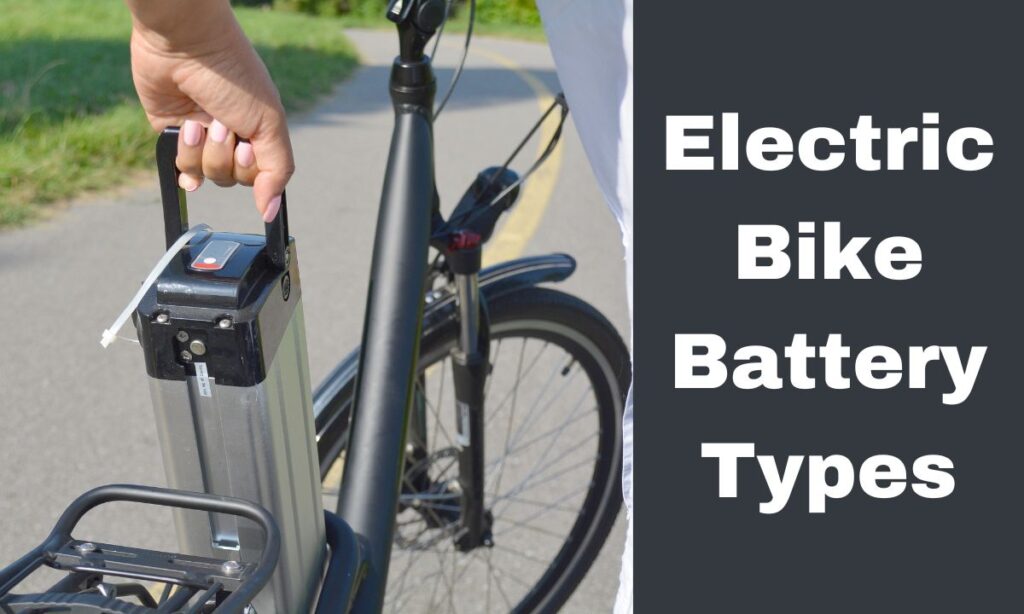
Lead-acid batteries
The lead-acid battery was first used in the 1800s. These batteries allow cost and are easy to recycle. They are distinguished by high weight and minimal power. In addition, lead-acid batteries have a lower capacity than nickel and lithium-ion cells. Even though the design of such batteries is outdated, this is not a problem. This technological solution has been tested and tested over time. Other types of ebike batteries have improved functionality. However, lead-acid batteries have proven to be the best solution for electric cars and e-bikes.
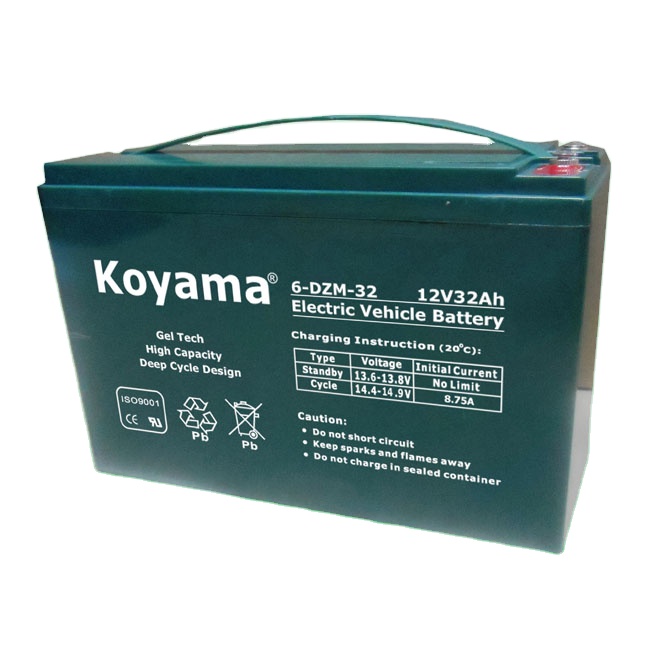
Nickel-cadmium electric batteries
These devices are characterized by a much higher capacity compared to the previous version. in such a factor as the capacity, you need to pay attention when buying an electric bike. The operating period of these batteries is much longer than that of lead-acid batteries. But e-bikes with such devices have the property of being discharged instantly.
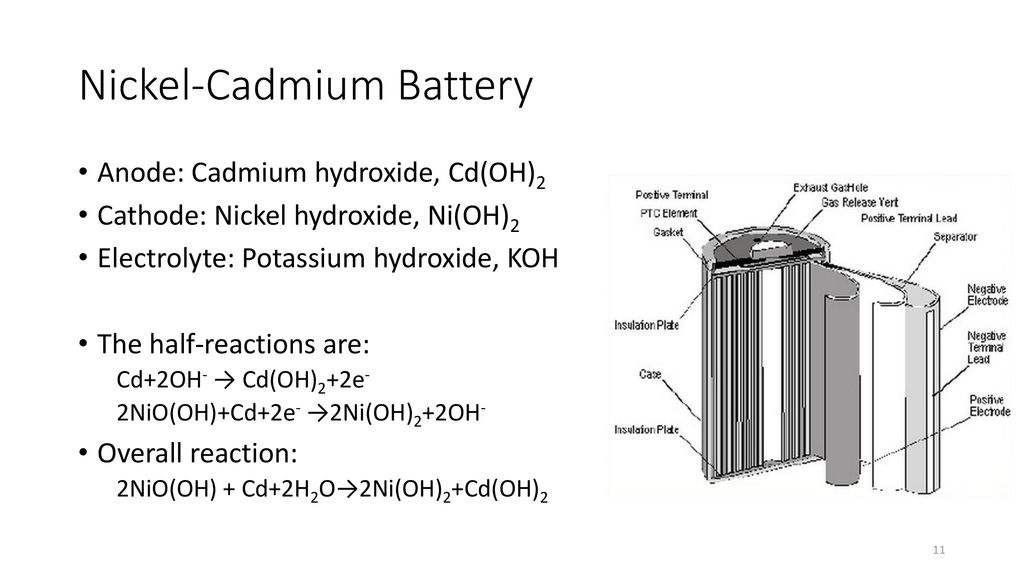
Nickel-metal hybrid batteries
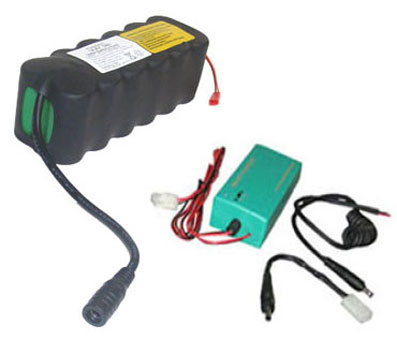
Such devices are more productive, but their price is much higher. They have a long service life and are easy to dispose of. The disadvantage of such devices is that they generate a lot of heat. In addition, they have a high level of self-discharge.
Lithium-ion batteries
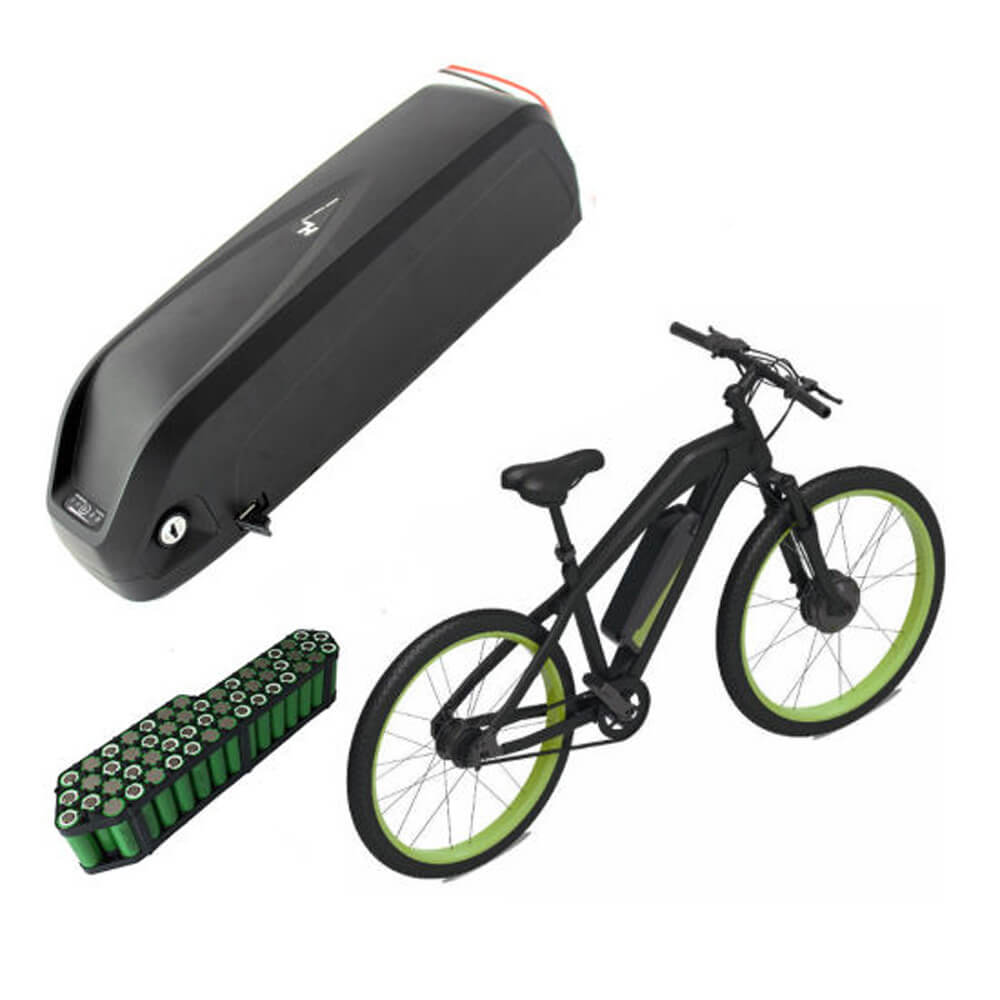
These devices are characterized by high capacity and low power consumption. This is the best weight and capacity compatibility. Of all existing models, the lithium-ion battery has the largest specific capacity, which is their main advantage. They are also more durable and able to last much longer than other models.
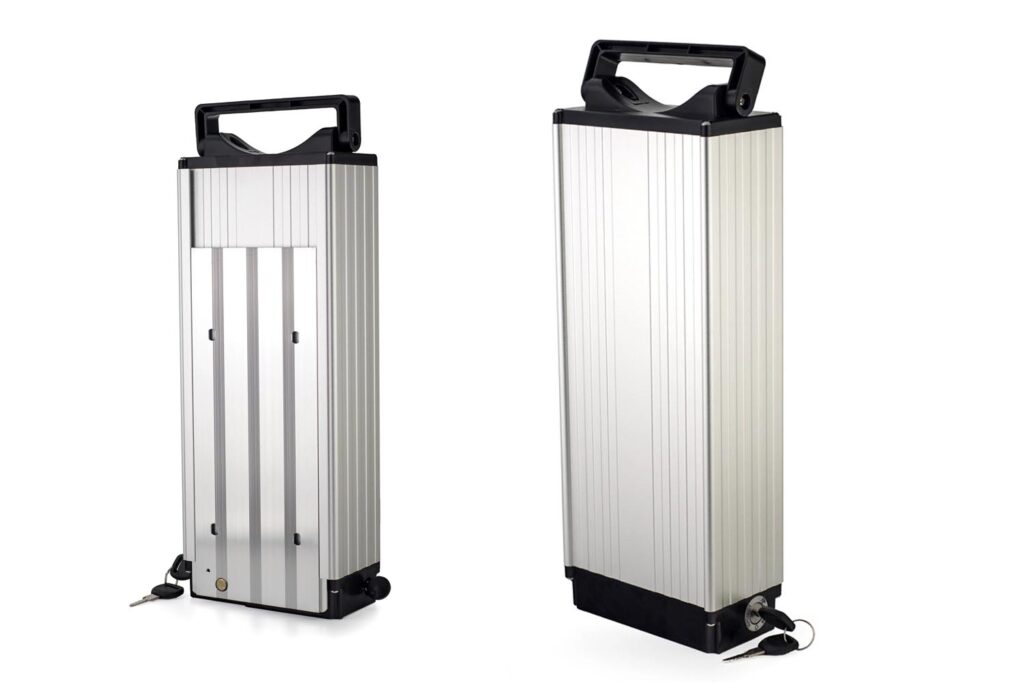
Classifications of lithium-ion batteries
Lithium-ion cells are classified into three categories, which have some distinctive characteristics:
Lithium-manganese batteries
This is the latest model, which has a long service life. Manufacturers offer a wide range of such e-bike batteries. They also have a longer service life.
Lithium-cobalt electric bike batteries
These are older devices that have a high energy density. They are light, reliable, and capable of delivering great power.
Lithium polymer batteries
These devices have become traditional devices for electric bikes. A lithium polymer battery is a budget, quickly rechargeable battery that is great for high-speed riding. In addition, a lithium polymer battery is characterized by a fast charge and a high degree of battery voltage.
Popular electric bike battery problems
We got acquainted with the types of batteries. Now let’s list what common battery problems cyclists encounter.
E-Bike Battery Pack Swelling
If you are experiencing a problem such as a bloated e-bike battery, it means that you have a serious problem with your lithium-ion battery.
Some electric bikes are equipped with flat e-bike batteries that swell when damaged. However, such devices are extremely resistant to swelling and are considered more reliable.
If you suspect you are experiencing such a problem, turn off the power and pull out your electric bike battery.
Battery not charging
When your battery is not charging, you should start with a diagnosis that will include checking for the following:
• the power in the socket;
• is the battery pack hot;
• whether the battery pack charger port is dirty;
• has the battery been left uncharged for a long time?
• what conditions the fuses in;
• how long the electric bike battery does not work?
Lithium-ion cells typically have a lifespan of 700 charge cycles. Usually, these devices tend to lose the full capacity of the battery. But if you charge your electric bike several times a week, you won’t notice that your battery is losing its capacity.
If you are in doubt about how well your battery is performing right now, you need to ask yourself the following questions:
• battery charge reaches 100%?
• what kind of terrain do you travel in?
• do the bearings rotate freely?
• do you have short circuits?
If you notice some e-bike battery problems while answering these questions, this can eventually lead to a quick failure of the battery. The battery is running low.
Lithium-ion batteries have an amazing ability to hold a charge for a long time, but over time, they gradually begin to discharge faster.
If your electric bike is idle for a long time, you should charge it and evaluate how it functions from the outside. If you are charging your battery and it loses its charge very quickly, there may be a slight short circuit or the battery is the problem.
To identify the problem, run a test:
• remove the battery from the electric bike and charge it separately;
• when you get a full charge, test your battery without getting off the electric bike;
• if the charge is holding, then it’s all about the electric bike itself, namely the circuit or the motor;
• but if the charge doesn’t hold, then it’s the battery.
The electric bike does not turn on
If you have e-bike battery problems, check if the main switch is turned on. After that, it is recommended to check the battery fuse, which is located on the side of the e-bike. The fact is that it can fail due to the closure, the presence of vibration, overload by current, or the end of the service life.
When the fuse is working, and the battery charger is full, it is necessary to check the speed control for serviceability.
The speed regulator may break if damage occurs either due to the fall of transport or due to moisture in it.
Hold the electric bike button for about 10 seconds. This will allow the regulator to turn on.
Your ebike battery must have at least two power divisions. Keep in mind that an excessively low charge level can contribute to the fact that your electric bike will not turn on.
Check if the electric cables are connected correctly. If you often travel on dirt roads, this can lead to a displacement of cable fasteners, which often happens with mountain takes. Dischast these compounds and make sure that they are dense.
The electric bike does not accelerate
There are a lot of reasons why your electric bike may not gain speed. Typically, the feedback magnets on the pedal or the hub of the rear wheel are very clogged. They must be wiped and the problem will be solved. This problem is very often detected incorrectly.
Most modern e-bikes have brake switches to stop the driver’s engine. Sometimes these switches are sticking, which contributes to their breakdown. To free the switch, both brake levers must be activated.
Check also what mode you are in. The wrong mode leads to the fact that the electric bike cannot accelerate.
How to reset e bikes batteries
It is quite common for bike batteries to fail due to overuse. In addition, the fuse may blow. If this happens, the battery will shut down until the temperature returns to normal.
Riding an e-bike over rough terrain at full power will cause the lithium-ion battery to function at high amperage. This in turn can damage the battery or the motor.
To solve the problem, you need to turn off the bike and leave it for ten minutes until the temperature drops.
How to check the charging of my battery
To make a battery, you need to remove it from the bike. Turn off the power and unlock it. Often the main connection terminals provide power to the motor. Connect a multimeter to it and check that there is 36-42 V. Keep in mind that some battery packs do not fail until the BMS receives a signal.
Most modern ebike batteries are easy to connect. Rule of thumb: connect and work. Thus, they are easily replaced in case of breakage. Their complex mechanism creates e-bike battery problems in testing and repair.
All accounting details provide for a special system – a battery management system (BMS). In addition, she is responsible for other important tasks, for example, maximum energy consumption and so on.
To diagnose the availability of each cell. Because they are connected in series and parallel, checking each camera will be quite difficult.
When you examine the outer plastic case, you will need to use a multimeter to monitor the voltage to diagnose the measurements. You should be within 3-4.2 V. If the voltage is less than 2 V, then the camera should be registered.
Battery break-in time
All electric bike batteries have a certain break-in period. This time is necessary for the functionality of your battery to come into balance. You will go through the first five or so charge and discharge cycles until your goal is reached. Don’t drain your battery completely.
For operation, the discharge of the battery should be approximately 1 volt. Do it gradually, without loading the battery. Allow the battery to cool down and then charge again. By repeating this action easily and naturally, the battery will come into balance before you become aware of it.
During the break-in process, several simple steps should be followed. You will be tempted to avoid stressing the instrument or charging the battery at a high amplifier setting.
One final warning: don’t let the battery overheat. If exposed to excessively high temperatures, your battery will fail. Don’t make this mistake with your new e-bike.
After break-in:
Once you’ve completed the break-in process, you’ll need to get your bike’s battery fully charged to approximately 90%. This will give you the best battery life. After that, you will have the desire to recharge your bike up to 100%. It is recommended to do this every 30 cycles.
If you follow these tips, they will automatically increase the life of your device. Since the prices of new electric bikes are not cheap, you should work hard on this.
Helpful hints
The following list of actions will help you understand what you can and cannot do while charging the bike battery:
• do not charge a device that has been exposed to frost. It would be best if you waited until the battery reaches room temperature;
• do not charge the battery from the discharge port;
• do not touch the battery after cycling;
• do not leave the battery unattended when it is being charged.
Why you shouldn’t solve the e-bike battery problems yourself
1: You are not a qualified craftsman
If you are not a qualified craftsman, it will be very difficult for you to do this. Moreover, to correctly carry out all the checks, you must have special tools. Bicycle batteries use a complex mechanism. In some cases, engine repair can be easily difficult. Even just opening the battery and not making a bicycle body for an unprepared person will be difficult.
Remember that any undesirable action can cause a fire or a sensation of sensation.
2: It’s financially expensive
Due to the complex design of the battery, many e-bike owners leave the troubleshooting to the masters. They complied with their requirements and repairs. The price of such services can be equal to half the cost of the battery. Relying on a DIY repair will still cost you a lot of money because you may need important tools for the job.
3: Regular bike battery problems
The battery wears out over time. The BMS system uses and fixes malfunctions as it wears out. Such systems can solve the issues of identifying errors that arise between dozens of very different elements. When your new battery is replaced with an old one, it will be harder for the BMS system to restore performance.
If you have e-bike battery problems, the passenger may have an overload or explosive element. This in turn will damage visibility and may appear to ignite.
Conclusion
- Give your battery the best-operating conditions!
Do not expose your battery to high temperatures, make sure that water and dirt do not penetrate it. Avoid shock and vibration effects. The better conditions you create, the more efficiently your battery will function.
- Keep your device dry!
Remember that the bicycle must be dry because any moisture is serious harm to electric bikes. Battery contacts should be checked every couple of months. They must be clean and dry.
- Long battery storage!
If you are not planning to use the bike for a long time, then you should take care of its storage. First of all, the storage space must be fireproof. If the battery is not completely discharged, it will lose the least capacity. However, leaving the battery almost empty is not the best idea. A charge in the range of 40-80% will be the best solution. If possible, charge the battery a little every 1.5 months, this will help to extend the battery life.
- Do not open the battery of the electric bike!
Do not open the battery. Do not try to independently study the mechanism of the device and repair it. By doing so, you will only harm yourself and others. The powder contained in lithium-ion batteries is highly flammable. When interacting with oxygen, it can easily ignite.
If you notice a malfunction in the functioning of your e-bike, in no case, do not try to repair it yourself by opening the battery. Better turn to professionals.

